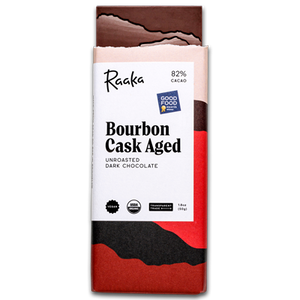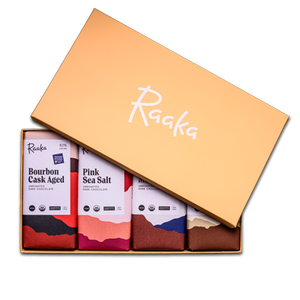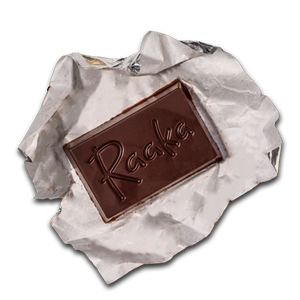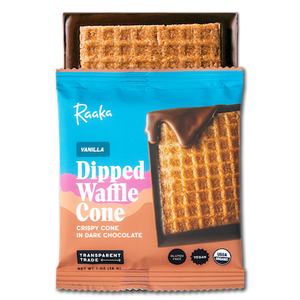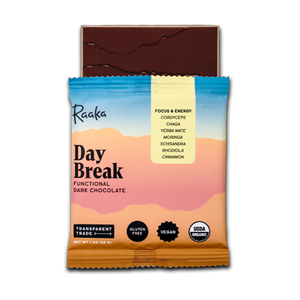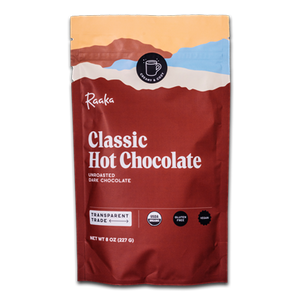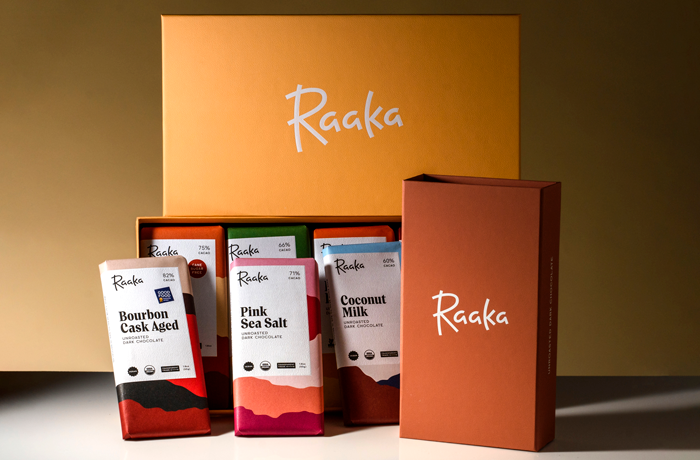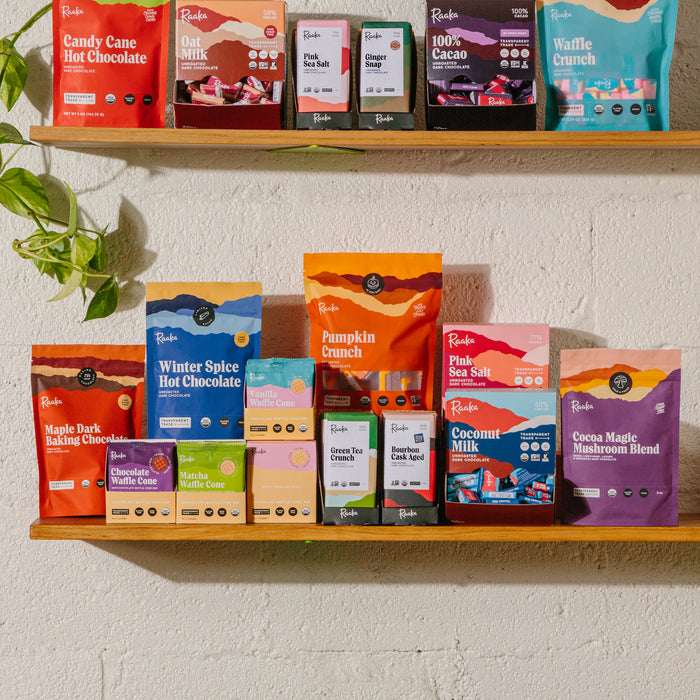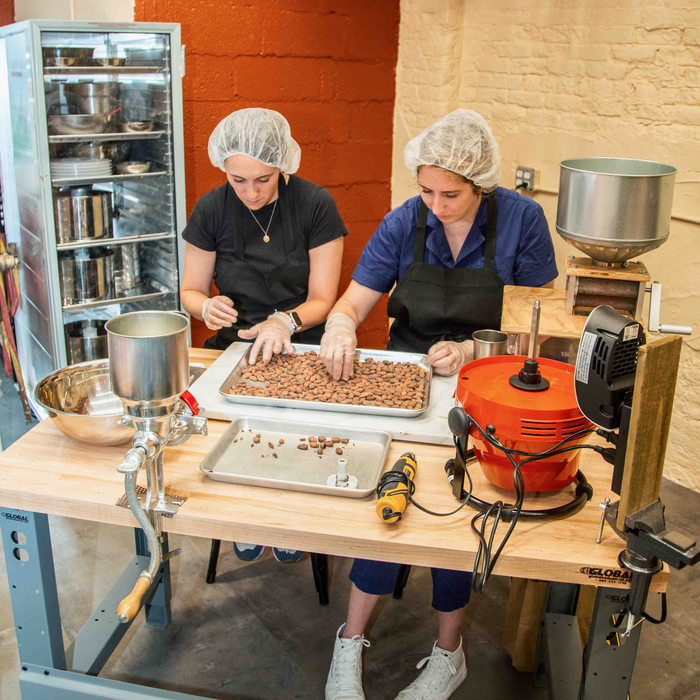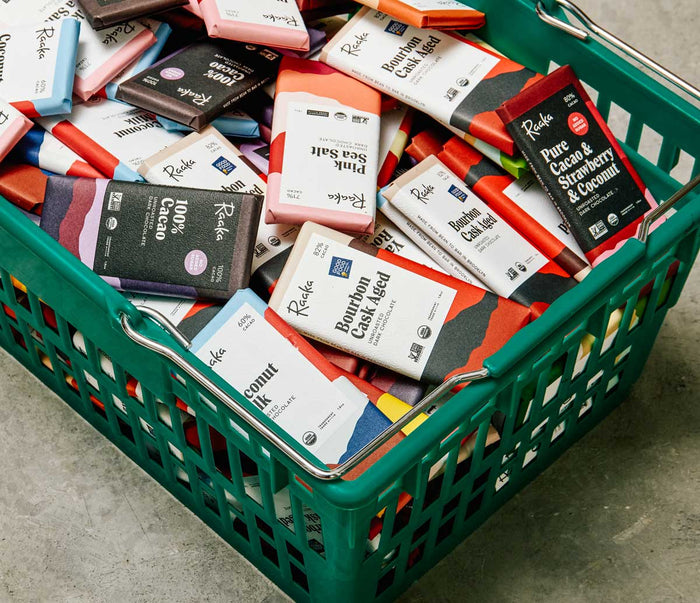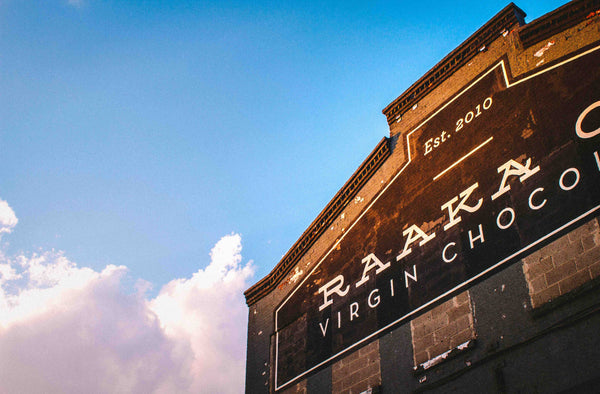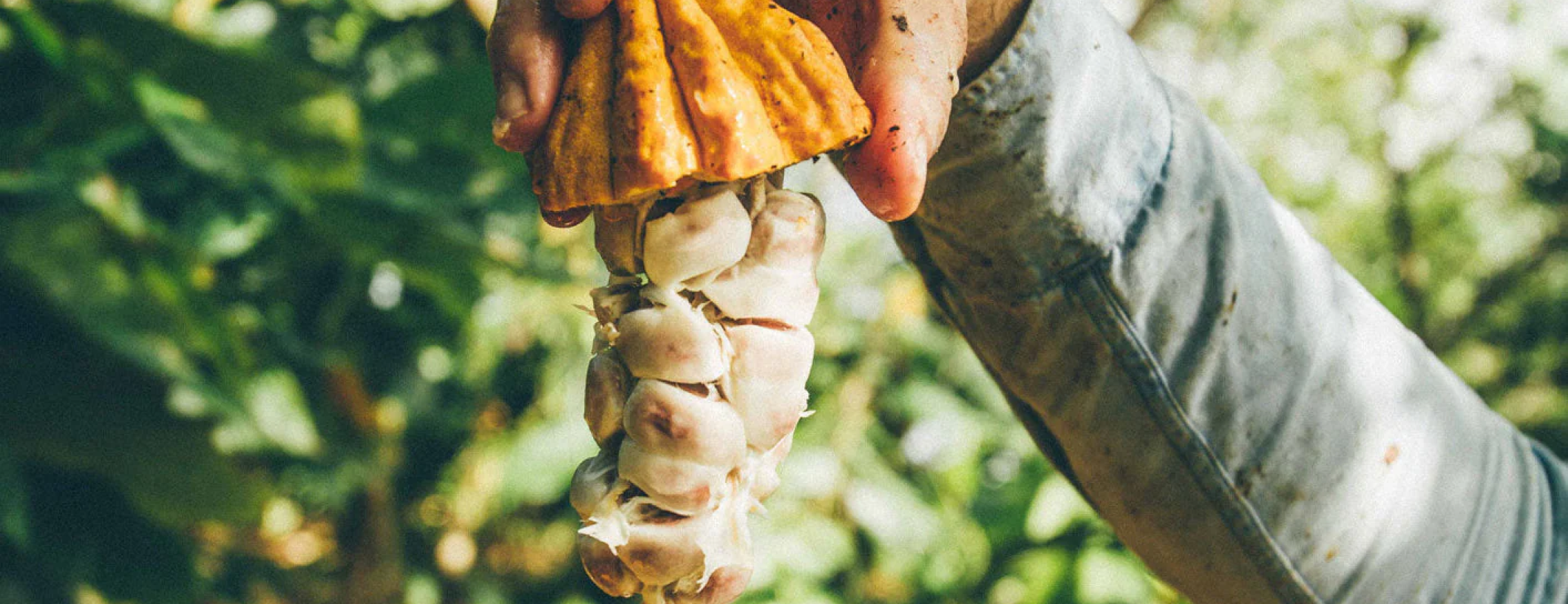Our Story & Process
We make unroasted dark chocolate from scratch, with traceable, high quality, and transparently traded single-origin cacao, crafted into something uncommonly delicious.
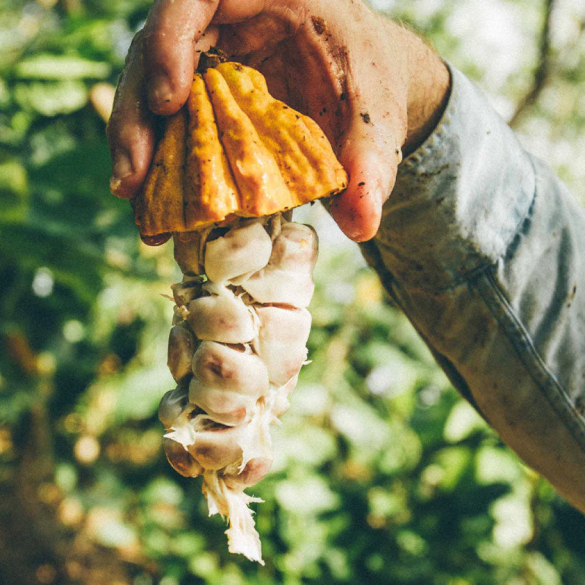
Our Story
We started Raaka because we knew there was a better way to make chocolate: from scratch. We use traceable, high quality, single-origin, transparently traded cacao to craft uncommonly delicious chocolate. We believe the chocolate making process should value the community of growers, producers, and makers whose livelihoods depend on cacao. It takes an entire village of individuals, literally stretching across cultures and continents, to make every delicious bar.
2010
Raaka Founders Ryan and Nate make chocolate together for the first time.
2011
Raaka moves to its first full-time factory space at 20 Grand Ave in Brooklyn.
2013
Raaka's Bourbon Cask Aged chocolate wins a Good Food Award and launches the "Raaka Box," which will become our First Nibs subscription program.
2014
Raaka opens a new factory at our current home of 64 Seabring St, Red Hook, Brooklyn. We open the factory to the public for tours, classes, and retail.
2018
Raaka launches the "Transparent Trade" program, which seeks to pay farmers a fair, stable price for cacao and educate customers on sourcing.
2022
Raaka expands the Brooklyn factory and opens a new factory store and classrooms.
Our Process
We make unroasted dark chocolate from scratch, with traceable, high quality, and transparently traded single-origin cacao, crafted into something uncommonly delicious. Cacao beans are the seeds of the cacao fruit, harvested and prepared by producers at origin. Every bean has a flavor profile shaped by the soil and climate it grows in, as well as the care each producer takes in cultivating and processing it. This fruity flavor is often roasted away in favor of that classic "chocolatey" note. We love this fruit-forward flavor, and we make our chocolate without roasting so you can enjoy it too.
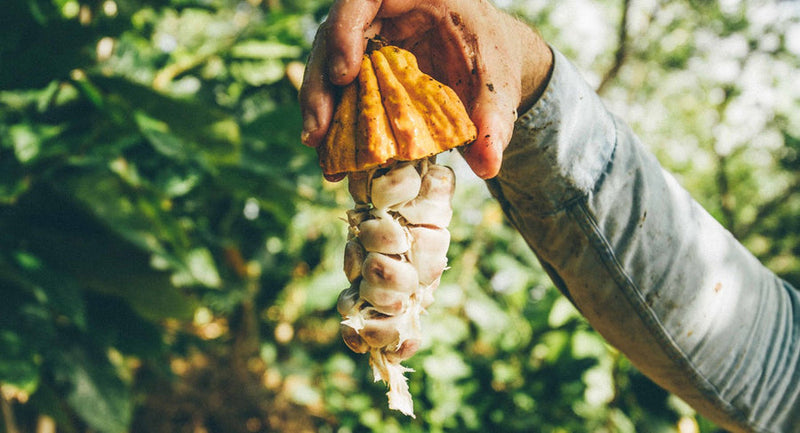
01
CHOCOLATE STARTS WITH A FRUIT
Cacao beans are fruit seeds. Theobroma cacao is a fruit tree that bears heavy, football-shaped pods, full of tropical, sweet pulp and about forty to sixty seeds. These seeds are harvested by hand and referred to as “wet cacao” since they’re coated in pulp. This pulp is about ninety percent water and ten percent sugar, making it the perfect food for microbes, which leads to the first step in the post-harvest process: fermentation!
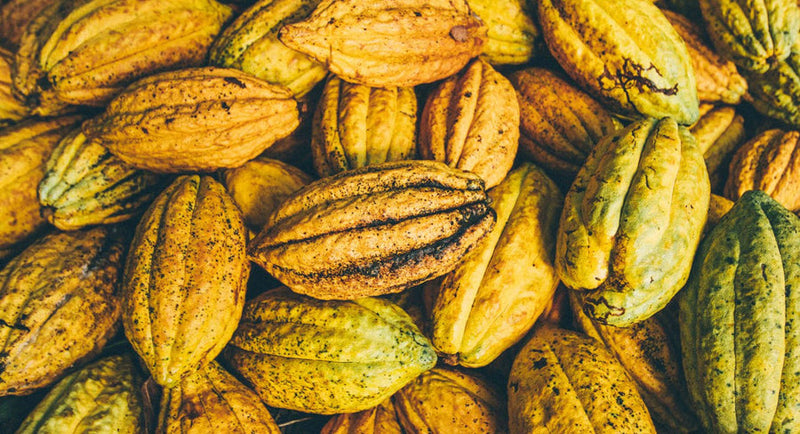

02
FERMENTATION BRINGS OUT THE FLAVOR
Cacao is fermented with the pulp in wooden boxes covered with banana leaves for four to seven days. The process generates heat, around 120°F, which is crucial for developing the flavors and aromas we associate with chocolate. Although it's the pulp that ferments, the cacao seeds are affected by the fermentation, which helps develop flavor and aroma. This is why cacao tastes better after fermentation.
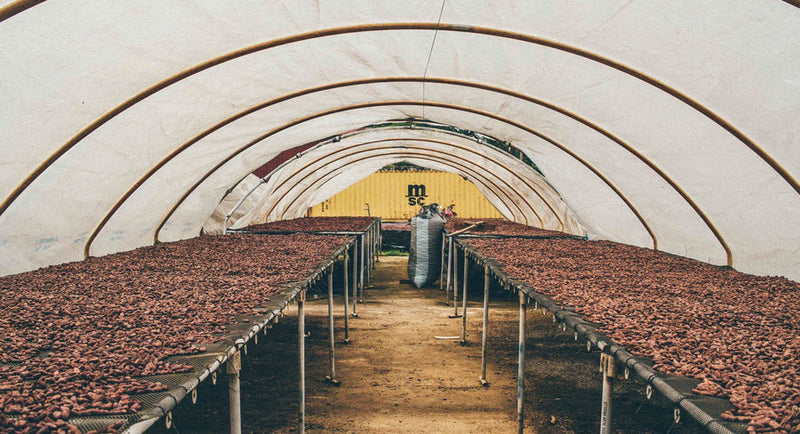

03
DRYING THE BEANS
Once fermentation is complete, the cacao beans are dried either in the sun or in solar drying tunnels for up to a week. This process reduces the moisture content of the beans to 7%, preventing them from molding. The beans are raked periodically to ensure even drying. Once drying is complete, the beans are sorted and packed into burlap sacks, then shipped to us.

04
RECEIVING AND SORTING THE BEANS
After a very long journey across the ocean (and often, oceans), the beans arrive at our factory in Red Hook, Brooklyn. When we’re ready to work with them, we bring them into our bean room to begin our process.

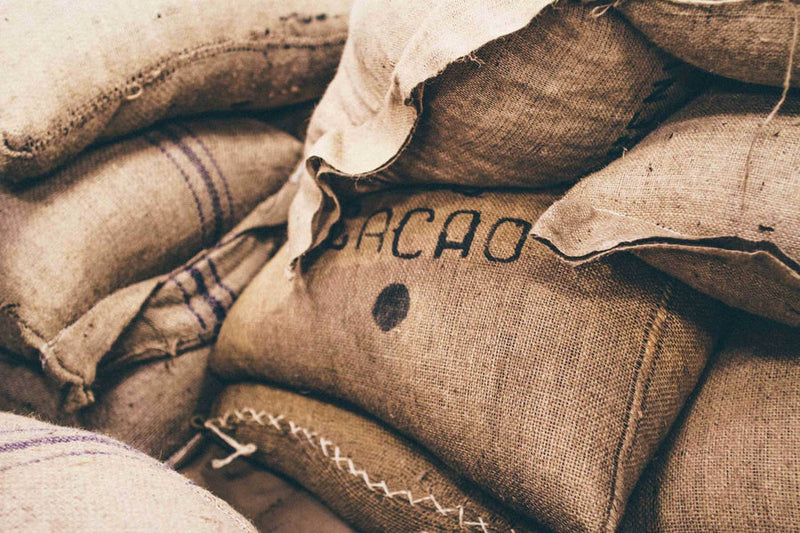
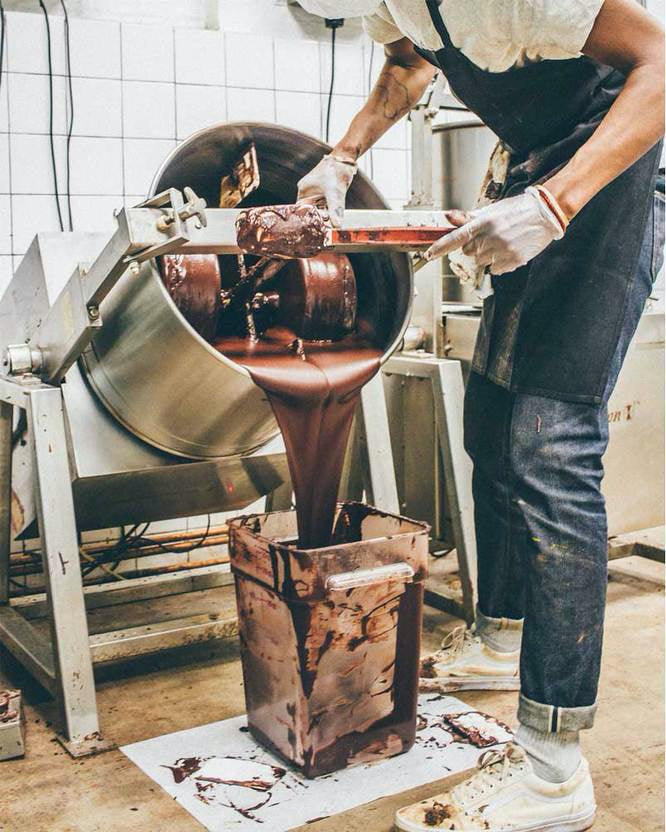
05
RECIPE DEVELOPMENT
Every recipe we make is inspired by the unique flavors of the bean we’re working with. Some cacao beans are very, very fruity, so we’ll use them for our fruit-forward bars; others have hints of earthiness, like Kokoa Kamili’s, so we’ll use them for bars like our seasonal Ginger Snap, and our classic Bourbon Cask Aged.
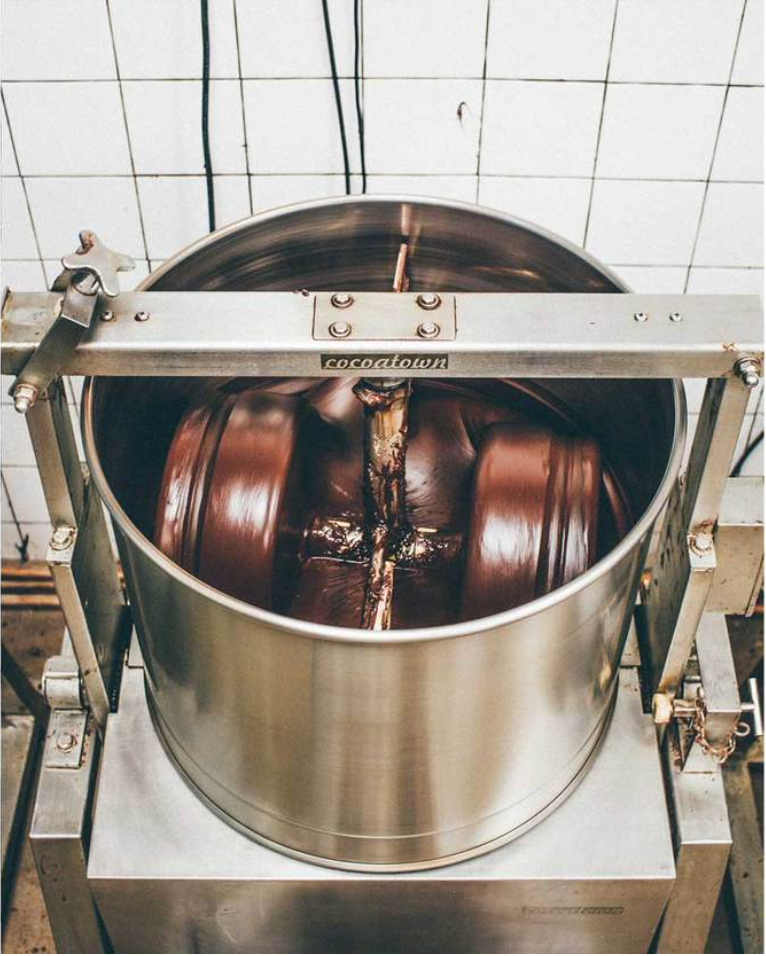

06
CONCHE
What does it mean to conche? We’re stirring and aerating the chocolate for an extended period of time to evaporate volatile oils and excess acetic acid to allow the flavors to saturate the cacao butter more completely, bringing out delicious depth in every batch.
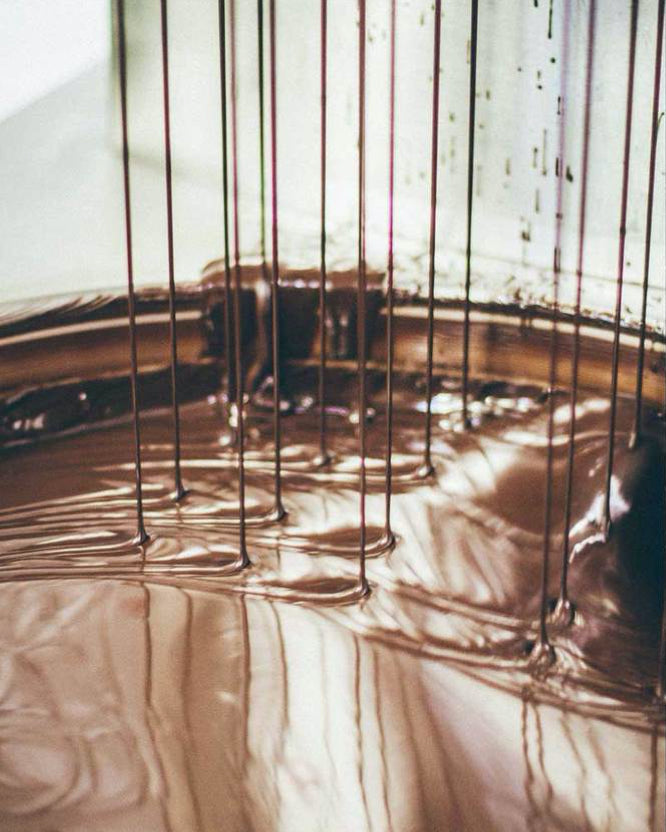

07
TEMPER AND POUR
What would a good bar of chocolate be without a beautiful sheen and a satisfying, crisp snap? This is what tempering does. Tempering is the process of stabilizing the crystalline structure of chocolate’s fat molecules. It takes some heating, cooling, and reheating. Once the chocolate is in temper, a chocolate maker will pour the chocolate into molds and place the molds on a rack to cool in our cooling room.

08
DEMOLD AND WRAP
At this point it’s tempting to eat all these freshly made bars, but we’d rather share them. So we demold each rack of bars by hand, then wrap them using a wrapping machine from Switzerland specifically made for the job. For the first four years of business, we hand wrapped every chocolate bar. The machine is better at it.

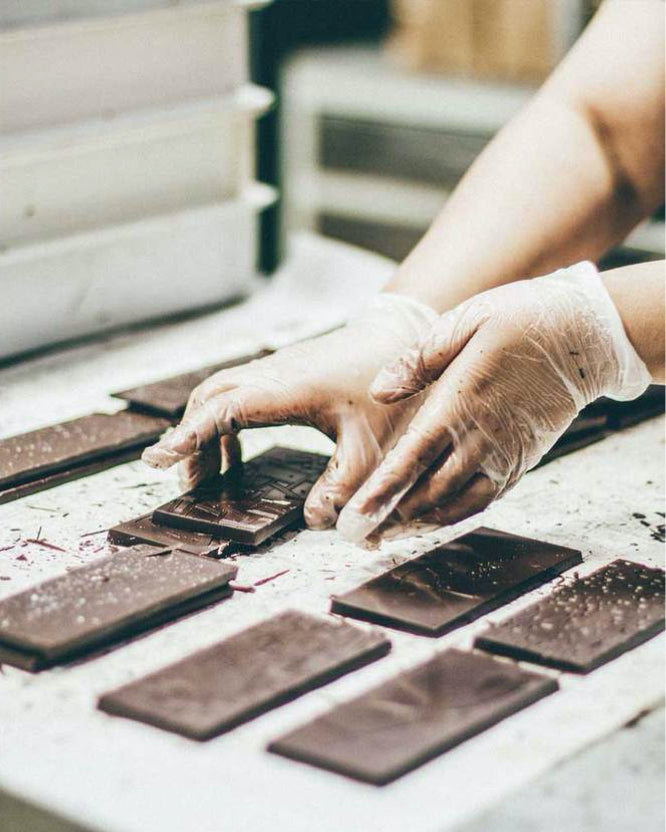
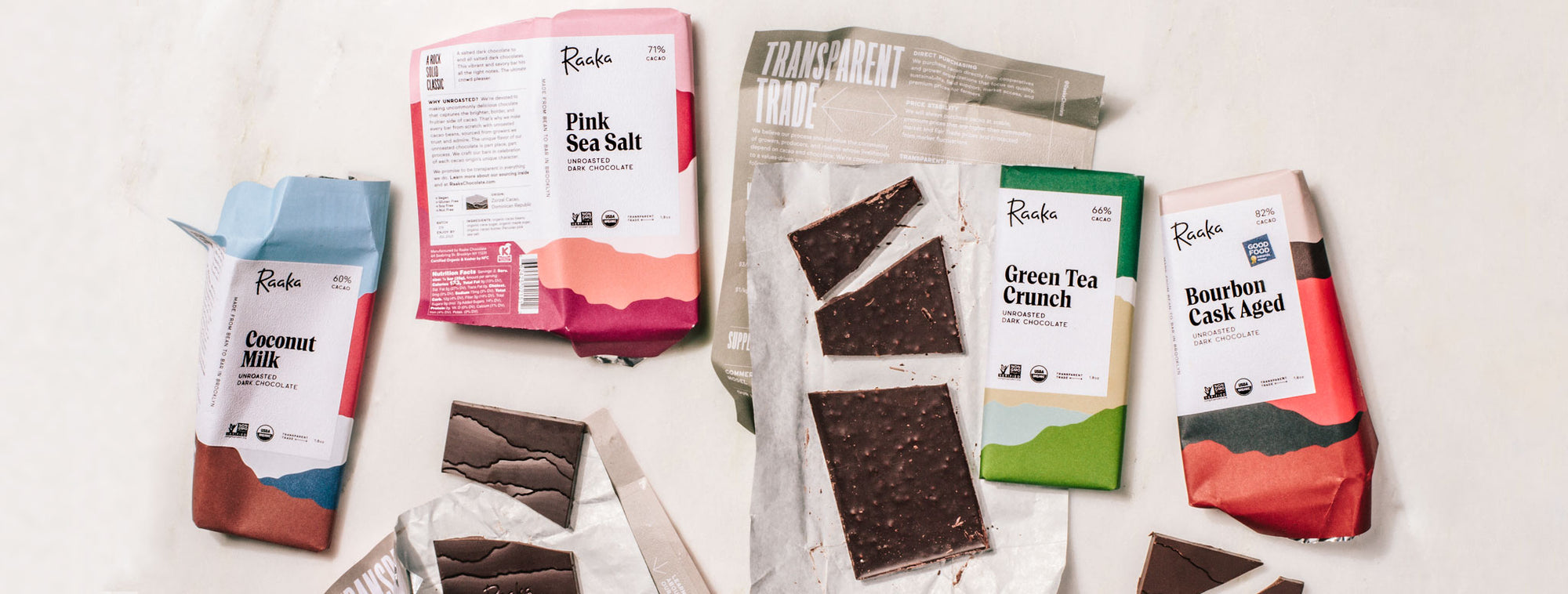
09
SHARE AND ENJOY!
From bean-to-bar, the process is complete. Now the chocolate is ready to ship to a store near you!
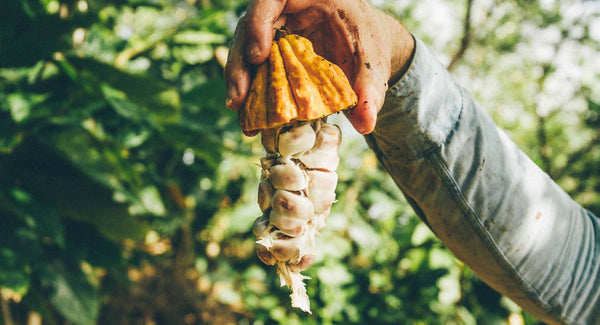
01
CHOCOLATE STARTS WITH A FRUIT
Cacao beans are fruit seeds. Theobroma cacao is a fruit tree that bears heavy, football-shaped pods, full of tropical, sweet pulp and about forty to sixty seeds. These seeds are harvested by hand and referred to as “wet cacao” since they’re coated in pulp. This pulp is about ninety percent water and ten percent sugar, making it the perfect food for microbes, which leads to the first step in the post-harvest process: fermentation!

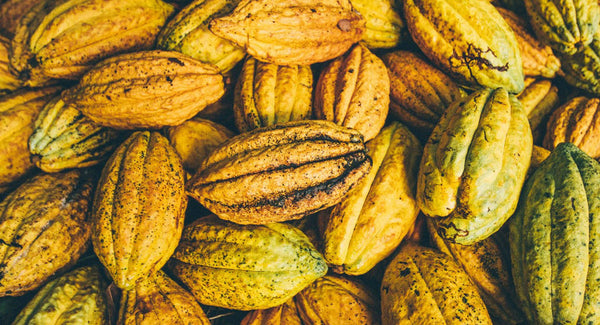
02
FERMENTATION BRINGS OUT THE FLAVOR
Cacao is fermented with the pulp in wooden boxes covered with banana leaves for four to seven days. The process generates heat, around 120°F, which is crucial for developing the flavors and aromas we associate with chocolate. Although it's the pulp that ferments, the cacao seeds are affected by the fermentation, which helps develop flavor and aroma. This is why cacao tastes better after fermentation.

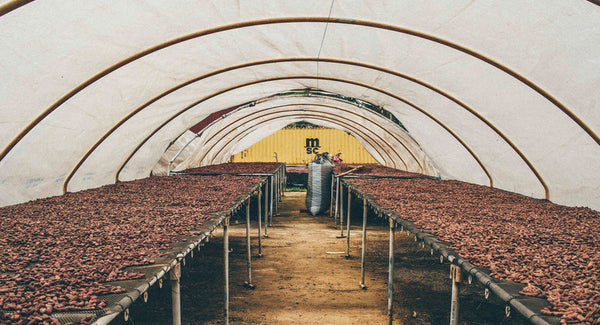
03
DRYING THE BEANS
Once fermentation is complete, the cacao beans are dried either in the sun or in solar drying tunnels for up to a week. This process reduces the moisture content of the beans to 7%, preventing them from molding. The beans are raked periodically to ensure even drying. Once drying is complete, the beans are sorted and packed into burlap sacks, then shipped to us.

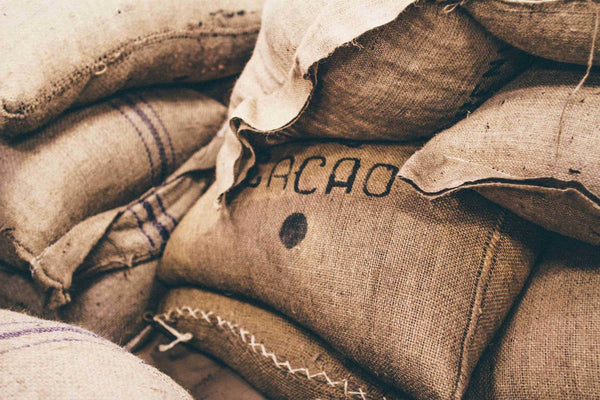
04
RECEIVING AND SORTING THE BEANS
After a very long journey across the ocean (and often, oceans), the beans arrive at our factory in Red Hook, Brooklyn. When we’re ready to work with them, we bring them into our bean room to begin our process.

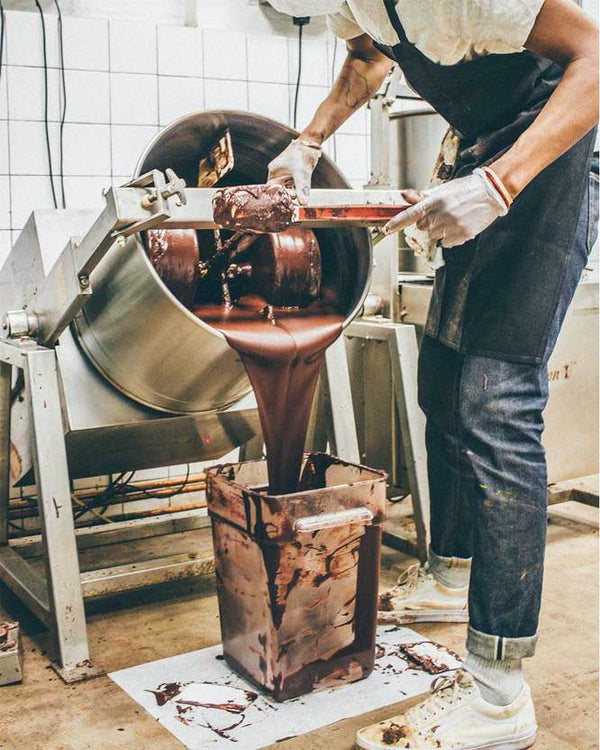
05
RECIPE DEVELOPMENT
Every recipe we make is inspired by the unique flavors of the bean we’re working with. Some cacao beans are very, very fruity, so we’ll use them for our fruit-forward bars; others have hints of earthiness, like Kokoa Kamili’s, so we’ll use them for bars like our seasonal Ginger Snap, and our classic Bourbon Cask Aged.

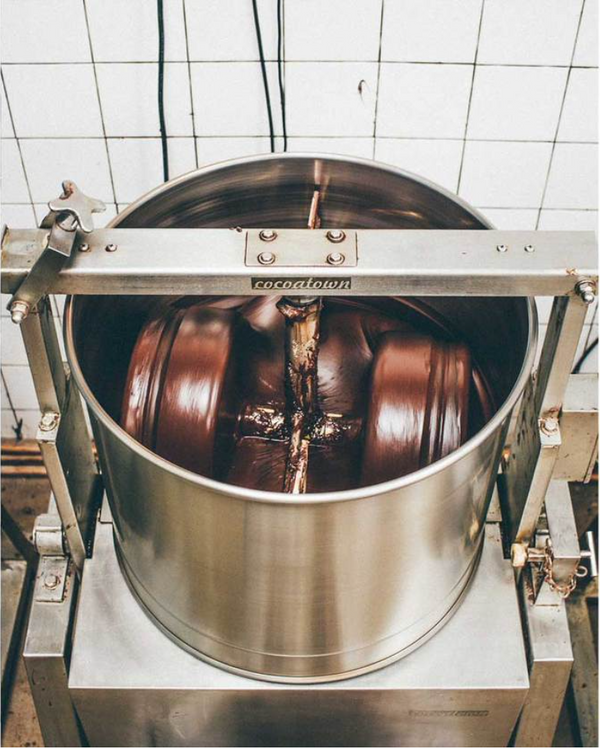
06
CONCHE
What does it mean to conche? We’re stirring and aerating the chocolate for an extended period of time to evaporate volatile oils and excess acetic acid to allow the flavors to saturate the cacao butter more completely, bringing out delicious depth in every batch.

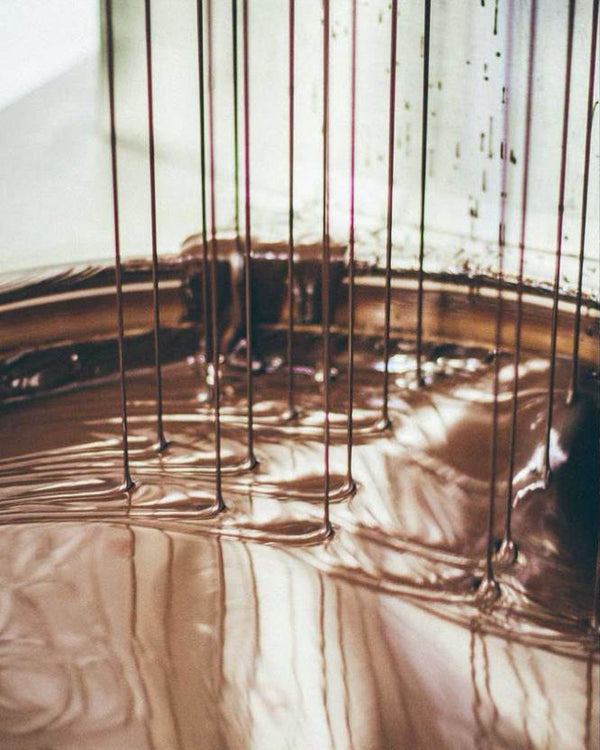
07
TEMPER AND POUR
What would a good bar of chocolate be without a beautiful sheen and a satisfying, crisp snap? This is what tempering does. Tempering is the process of stabilizing the crystalline structure of chocolate’s fat molecules. It takes some heating, cooling, and reheating. Once the chocolate is in temper, a chocolate maker will pour the chocolate into molds and place the molds on a rack to cool in our cooling room.

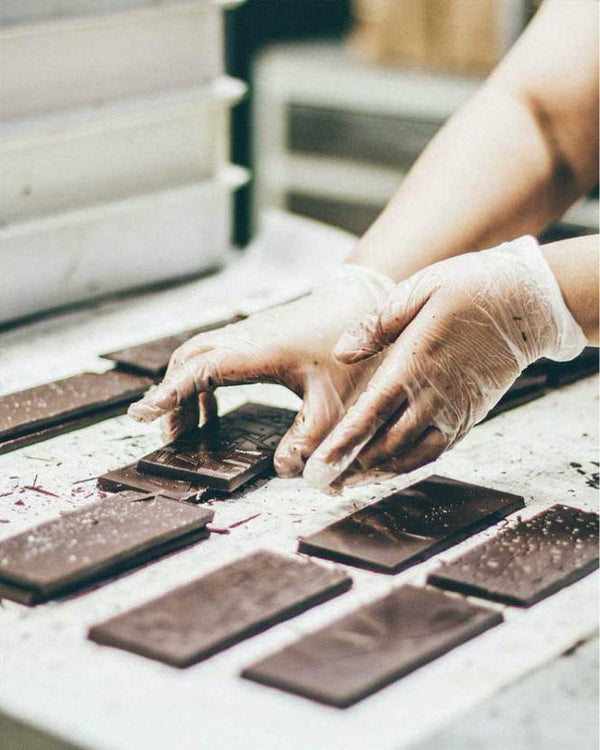
08
DEMOLD AND WRAP
At this point it’s tempting to eat all these freshly made bars, but we’d rather share them. So we demold each rack of bars by hand, then wrap them using a wrapping machine from Switzerland specifically made for the job. For the first four years of business, we hand wrapped every chocolate bar. The machine is better at it.

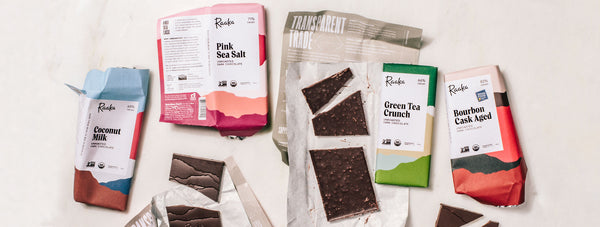
09
SHARE AND ENJOY!
From bean-to-bar, the process is complete. Now the chocolate is ready to ship to a store near you!
